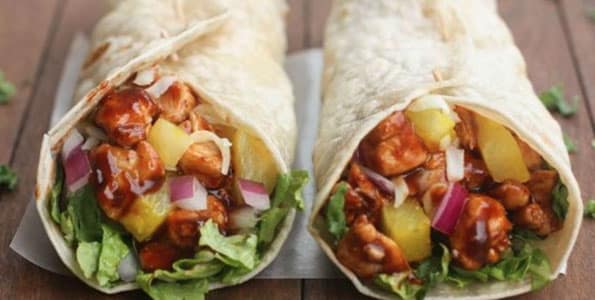Destination Center Success Begins with Food Selection, Presentation

By Margie Proctor
Hillphoenix Marketing & Design Specialist
What do empty nesters, busy, working parents, and Millennials have in common? They’re all engaging with food in new ways. They care about what they eat, where they get it, and how it’s prepared. More than “something to eat,” food has become an experience, one that has to satisfy increasingly sophisticated consumer sensibilities. And consumers have so many options for seeking those experiences. From traditional and fast-casual restaurants to farmers markets, online shopping, specialty shops, and grocery stores, there are more players than ever competing for shoppers’ food dollars.
The good news is food stores are poised to stand out from the pack with well-planned, well-executed Destination Centers – specialized areas within the store that satisfy shoppers’ appetite for engagement, convenience, and quality. Whether it’s a beverage bar, a produce island, or fresh, prepared meals, there are five factors key to Destination Center success: food selection, merchandising, layout, equipment, and staffing.
Our five-part series serves up an overview of each factor, with tips for creating efficient Destination Centers that win shoppers over. We kick off with what’s top of mind for most consumers: the food.
Keep it simple
The menus you develop and the foods you focus on will drive just about every other aspect of a Destination Center, such as decisions about equipment and layout. Including pizza in your menu, for example, might sound like an excellent idea, but consider whether you have the space – and budget – for pizza ovens.
Focusing on a few tried-and-true entrees, such as rotisserie chicken and roast beef, could be a more feasible way to go. Selection can be enhanced with a variety of side-dishes, soups, and salads.
Cater to your community
That includes the people who work in the neighborhood, as well as those who live there. In other words, the lunch crowd you want to attract might be a bit different from the shoppers who turn to you for dinner. It also means sourcing – and touting – local ingredients. This assures customers they’re getting the quality and freshness they want and shows your community support.
Stay on top of trends
The American Culinary Federation website (www.acfchefs.org) is a great source for the latest food trends and preparation techniques.
Create a “crave-worthy” Destination Center
On any given afternoon more than 80 percent of American consumers don’t know what they’re doing for dinner, according to research from Foodservice Solutions. Destination Centers help consumers answer that question by featuring craveable foods.
For example, the smell of steak grilling captivates shoppers. With no intention of purchasing steak, a shopper is drawn to the aroma from the cooking demo, and the craving starts. Before he or she knows it, steaks are in the shopping cart, and the family is having steak for dinner.
Smell is not the only sense at play in craveability. In fact, it’s a store’s ability to appeal directly to all five senses that gives Destination Centers the edge in winning shoppers’ sought-after food dollars, and the next topic of our series.
Click to learn more about Destination Centers by Hillphoenix.